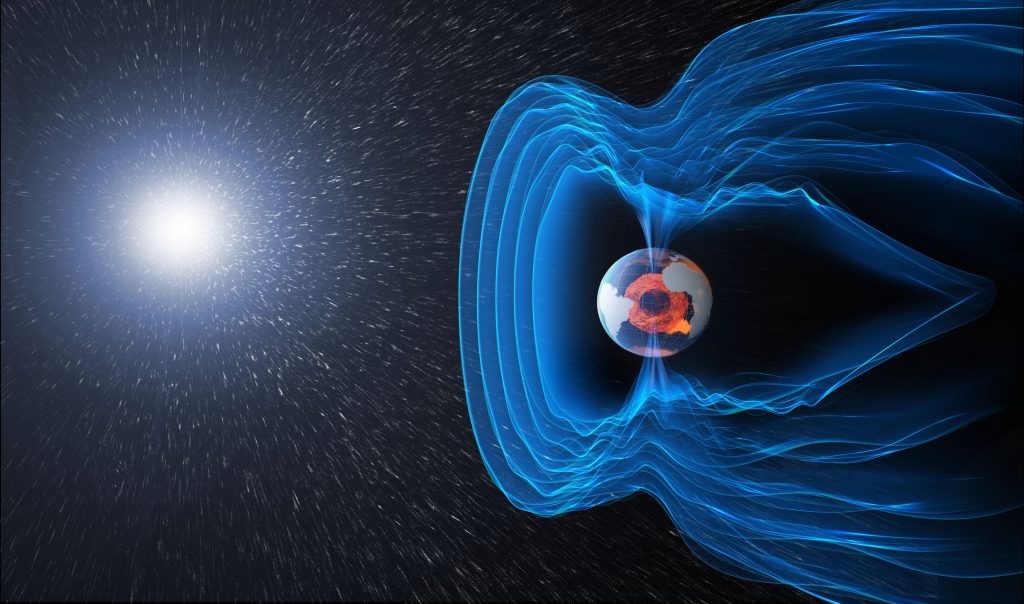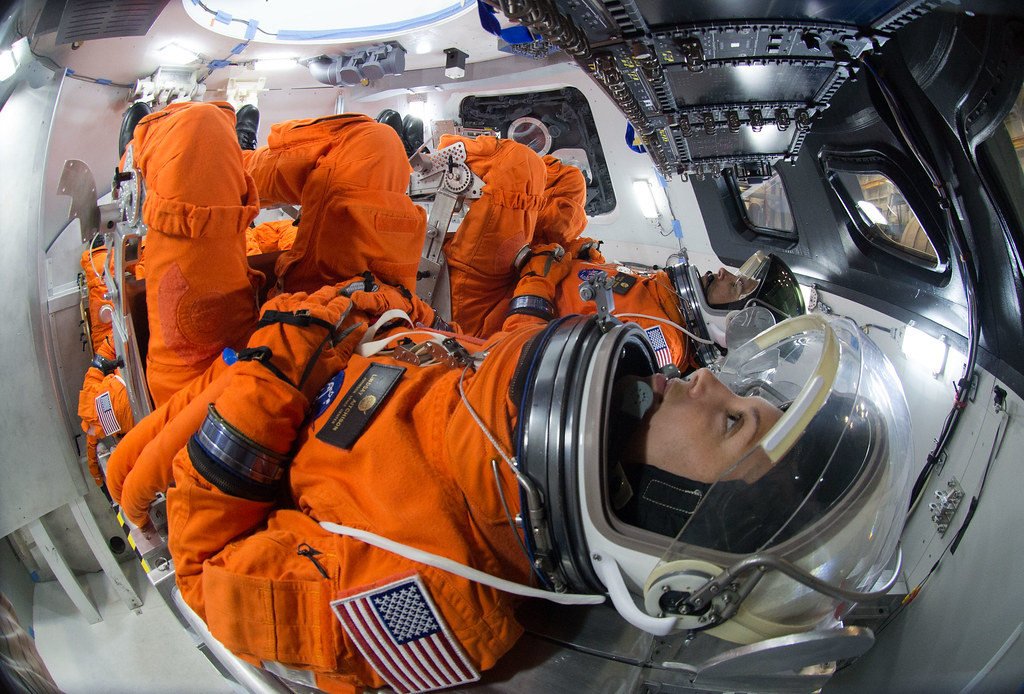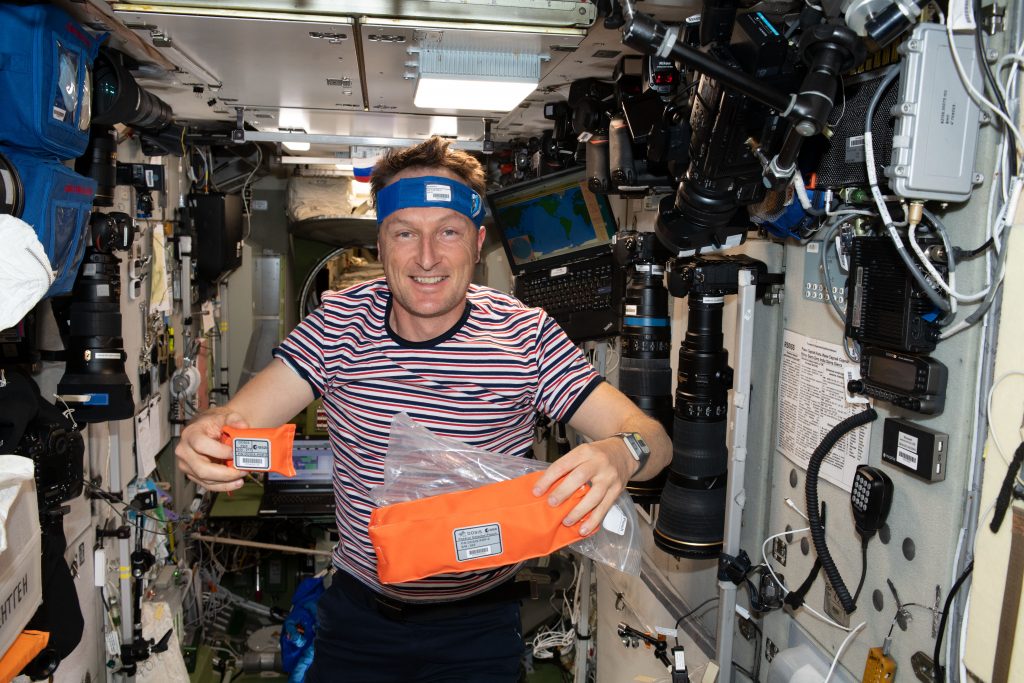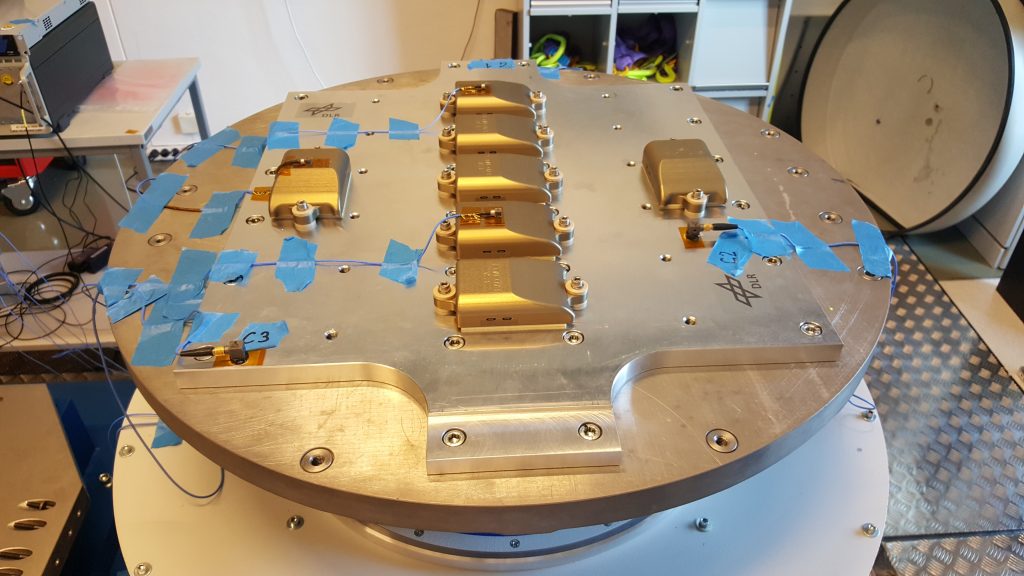Five state-of-the-art devices each about the size of a deck of cards will be mounted inside the Orion capsule, fixed on panels in different locations. The technology is equipped with multiple sensors that will record data on the radiation environment inside the spacecraft at all times.

The ESA Active Dosimeters, also known as EADs, will allow scientists to see as accurately as possible how the radiation fluctuates during the mission, as well as showing total levels for the uncrewed Artemis I mission.
Earth’s magnetic field and atmosphere protect us from the constant bombardment of galactic cosmic rays – energetic particles that travel at close to the speed of light and penetrate the human body. Away from our planet, cosmic radiation could increase the risk of cancer and trigger degenerative diseases.

Thanks to the little instruments dotted around the Orion capsule “we will get a timestamp of the broad range of ionising energies the spacecraft will travel through, from as far as almost half a million kilometres from Earth,” says Scott Hovland, ESA’s Columbus 2030 team leader from the human and robotic exploration programme.
An astronaut on a lunar mission could receive radiation doses up to 700 times higher than on our planet. ESA wants to protect the health of future crews on their way to the Moon and beyond.

“The truth is that we know little about the long-lasting effects of space radiation on humans. The risk is out there, but we don’t have enough knowledge,” explains Marco Durante, scientist from the GSI Helmholtz Centre for Heavy Ion Research and also part of an ESA radiation research team.
Radiation upgrade
Radiation research in space is nothing new, and also a major concern for human exploration.
ESA has been measuring the radiation dose in the Columbus Module of the International Space Station for a decade with the radiation detectors of the DOSIS 3D experiment.
ESA astronauts Andreas Mogensen and Thomas Pesquet used the mobile dosimeter units, the Space Station version of the EADs, during their missions. The instrument gave them a real-time snapshot of their exposure, paving the way to introduce the concept to the Artemis programme.

The difference now is that the technology travelling on Orion has batteries that will last the entire mission and larger memory cards to store all the information. “This was necessary since we only get access to the data once we retrieve the hardware from the spacecraft after splashdown,” adds Scott.
The sensors will start working when the rocket lifts off. Thanks to an accelerometer that will detect the launch acceleration, the dormant sensors will power up only when liftoff takes place.

One map for the Moon
“With the solid research done in the past by Europe on radiation measurements, we decided to use the same technology to map the lunar mission environment,” says Scott.
The results will complement those collected by DLR and a host of NASA instruments and experiments aboard. “We will compare the data with each other to get the best radiation picture we can. We find only natural to take this step in international collaboration,” adds the engineer.
ESA is participating with major elements for both the Artemis missions as well as the Gateway, a future human outpost in the vicinity of the Moon.
“Space is a very hostile environment. As it stands today, we can’t go to Mars due to radiation. It would be impossible to meet acceptable dose limits,” reminds Marco.

 Automated Transfer Vehicle page
Automated Transfer Vehicle page ATV blog archive
ATV blog archive
Discussion: one comment
Is this Alfa, Beta, Gamma and Gamma Neutrino? What about Non-Ionising Radiation?